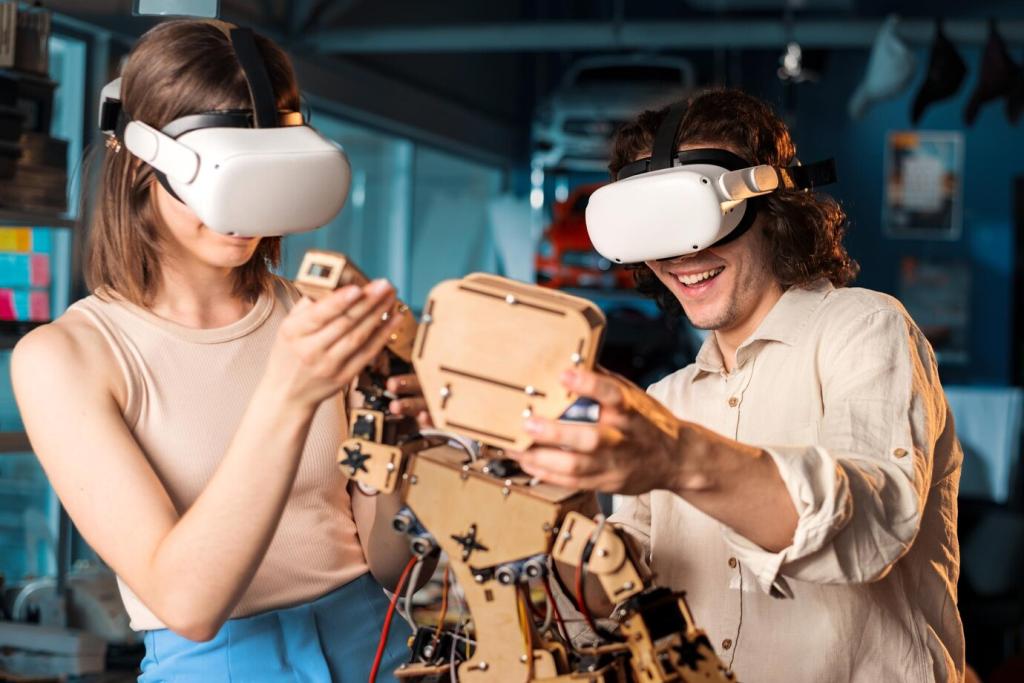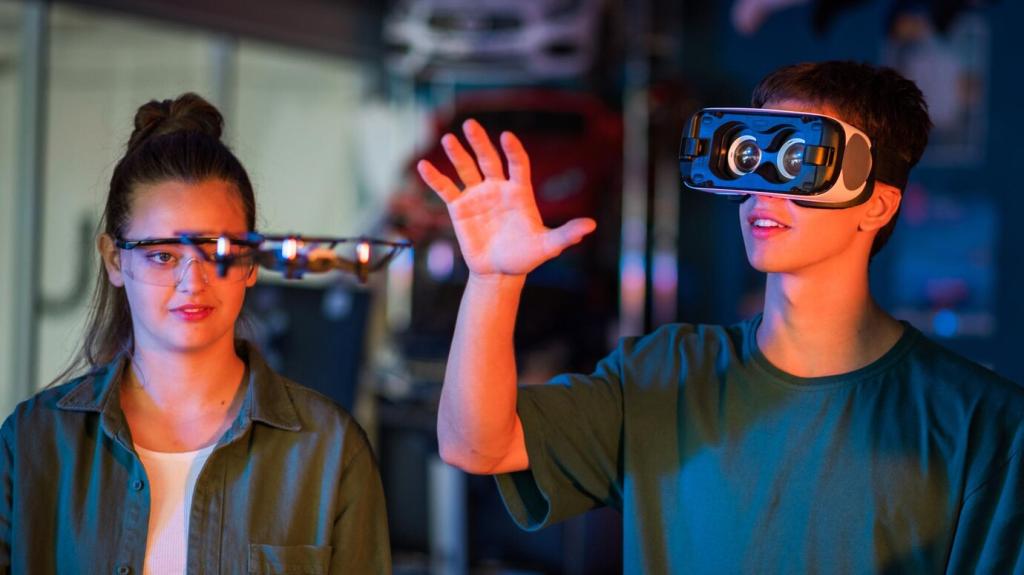Communication Buses: Getting Data Where It Needs to Go
I2C simplifies wiring with addressing but needs careful pull-ups; SPI offers speed and deterministic timing at the cost of more lines. Keep traces short, control impedance, and isolate noisy power. What’s your go-to trick for taming I2C clock stretching on crowded boards?
Communication Buses: Getting Data Where It Needs to Go
UART is friendly and flexible, while CAN shines in noisy environments with arbitration and robustness. Terminate properly, mind baud rate, and log errors. We once diagnosed a flaky node by a subtle error counter rise. Share your best CAN-bus detective story below.





